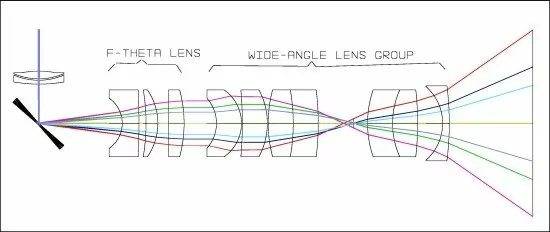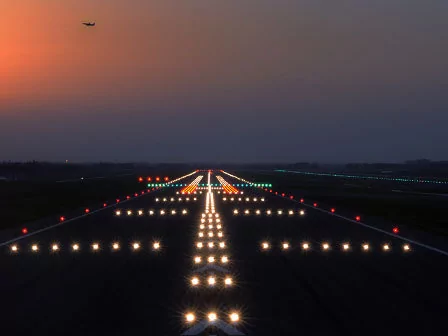Indepth Review of Zemax Optical Models of the Human Eye

The human eye is a complex optical system that is a bit different for every person and even the same person as they age. This creates challenges for optical engineers trying to simulate and analyze the eye’s performance under different conditions. This blog post delves into the findings from recent analyses of different optical models […]
Scan Mirrors In Industrial Welding

Industrial Welding: Enhancing Scanning Mirror PerformanceThis is our last entry in the scanning mirrors series. In this article, we focus on the use of scanning mirrors in industrial welding environments. As you can imagine, not only do the optical requirements differ from those of a scanning microscope, but the mechanical demands also change significantly due […]
Steering Mirrors In LIDAR Systems

This is our third installment of a four-series blogs about steering mirrors. We have talked previously about steering mirrors in laser markings and steering mirrors in OCT systems. This week, we will talk about the steering mirror requirements for those in LIDAR systems. In the past we, have talked about the lens design in LIDAR […]
Questions and Answers optical resolution

In the world of imaging and optics, achieving clarity and precision is paramount. Whether it’s for quality control, machine vision, or barcode reading, understanding the intricacies of image resolution plays a vital role in ensuring the success of various applications. In this blog post, we delve into an insightful email exchange between us and one […]
Aviation Light Optic Design

Aviation Light is a critical component in ensuring the safety and efficiency of air travel. In the last month, I have had the need to travel several times by airplane. So, after several hours enjoying $15 sodas and $30 hamburgers at the airport gates, I started paying more attention to the different aviation light systems […]
Koehler Illumination

When designing any optical system, an optical engineer needs to consider how illumination will be used: specifically, how the illumination could affect the way the image is created. If not carefully designed, some illumination systems may create a kind of vignetting where the illumination will have a higher intensity at the center while decreasing to […]